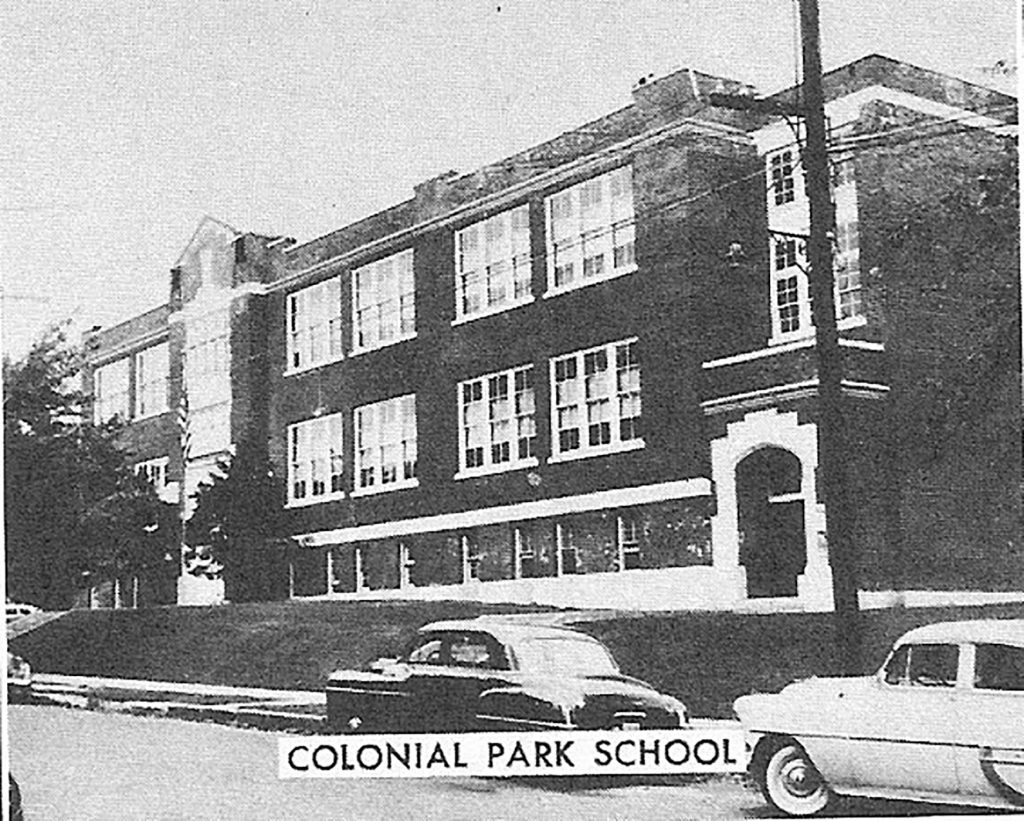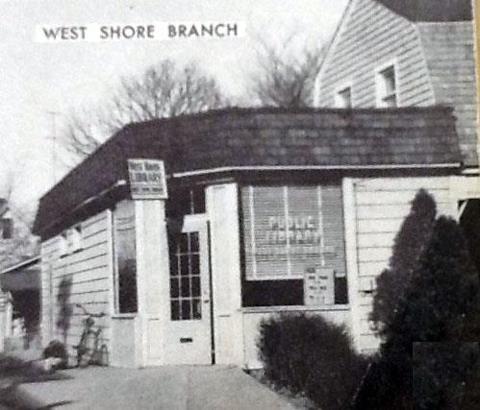By Dan Shine
Voice Columnist
The Move

“Life is made up of small comings and goings: And for everything that we take with us, we leave a little piece of ourselves behind.”
-Herman Raucher
September, 1961
The Boy’s bicycle had a coaster brake and no fenders: the chipped paint was a faded blue. Sister’s bicycle had rusty fenders, three speeds and hand brakes. Both had been purchased at the police station as “stolen, recovered and unclaimed.” Neither bicycle was very impressive, but they were acceptable, and typical for those times.
There was a “Sold by Art Nugent” sign on the lawn in front of the house on Kelsey Avenue: As they pedaled away, they didn’t look back. When they reached Savin Avenue they turned right, in the direction of the West Shore.

Fifteen minutes later, they arrived at what would be their new home. Mother and Father were already there, and they were unpacking a mountain of cardboard boxes. Some were stuffed with newspapers and filled with fragile things, and then there were beds and tables, disassembled and lying in a corner of the living room, waiting for their turn to be assembled and put to use.
The Boy was excited: This was a bigger house than the one they had left– it had four bedrooms–and this was good, for there were three children now, with another one on the way. The Boy and Sister were put to work right away, unpacking boxes and putting the contents away as instructed.
Home was on a quiet street, complete with a brook running down the middle of a grassy esplanade—the boy would spend hours playing in that brook, catching frogs and constructing dams from the stones in the brook bed. Nearby was a lake, with ducks, fish, and turtles and beyond it was the shore and a sandy beach. Nearly every house had children in it, so there were almost limitless opportunities to make new friends and playmates. As for his old friends from Kelsey Avenue, he would not see them again until he entered Junior High School.
Speaking of school, just around the corner from home was Colonial Park School, a five-minute walk from home. The Boy began the new school year in fourth grade, in Mr. von Allman’s class. He sat next to a girl named Diane Cole: They were too shy to speak to one another, but one day, far off in the future, The Boy’s son would marry Diane’s daughter and together they would become grandparents. But for now, adulthood, and all of those things that went with it couldn’t be farther from The Boy’s mind.
Now his daydreams concerned trips to the beach, where he would meet with his friends most every summer afternoon–or skating and sledding with his friends in winter—or playing ball at Brennan Field–for there was always something going on, and the freedoms of youth in that era were far in excess of those of today’s world.
The ultimate in summer excitement came every July 3, when the West Shore Fire Department hosted a carnival, complete with rides, games, and a spectacular late-night fireworks display that packed the beaches.
But some days there were chores to be done, and errands to be run: Mother might send The Boy to Dawson Avenue Market to pick up items that were necessary for the dinner she was preparing. The market was actually a corner store, situated on the first floor of a two-family house, and the final price of the customer’s order was added up with a pencil on the side of the shopping bag. And there were trips to West Shore Pharmacy on Ocean Avenue from time to time. The pharmacy had a magazine rack and a full collection of comic books for sale at twelve cents each, and if he had a quarter, The Boy would order a cherry Coke from the soda fountain.
Next door was a small convenience store. Just around the corner, John Perrone had a barber shop at the bottom of Prospect Street, and The Boy would ride his bike there after school every so often. A few doors up Prospect Street was Jack’s Variety Store, where The Boy could find just about anything that might be of interest to young customers. Across from Jack’s was West Shore Public Library, where The Boy would check out books from time to time. Jack London’s Alaska Gold Rush stories were his favorite, and awakened in him a great spirit of adventure.
Life is Change: The Boy would spend his teens along the West Shore, far from the familiar sounds and smells of Savin Rock, where he had spent his first years. And then one day, he would grow up and move away from the shore. But tradition is strong, and sometimes favorite places have a way of pulling you back: Ultimately, he would return to the shore where he would spend the rest of his years among the familiar places and happy memories of his youth.
The more things change, the more they stay the same.